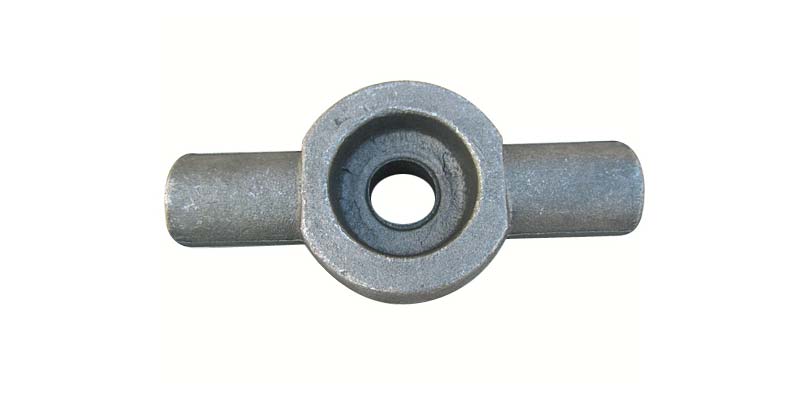- Contact Innally, Let you purchase forgings in China more favorable prices, products more assured!
- Hotline:+(86)15038323776 Email:innally@innally.com
Hot die forging and cold die forging are two different forging processes, which have some differences in application scenarios and production characteristics.
- Category: Marine forging, Steel forgings
- |
- Date: 22/09/2023
hot die forging and cold die forging have a wide range of applications in the forging industry, and suitable process methods should be selected for different situations.
Product Details
Hot die forging is a forging process carried out at high temperature, while cold die forging is a forging process carried out at room temperature.
The main difference between the two processes is the difference in deformation temperature, hot die forging is carried out at high temperatures, metal materials have high plasticity and ductility, deformation resistance is relatively small, easy to forge processing. At the same time, due to the reduced strength and hardness of metal materials at high temperatures, the wear and deformation of the mold are also smaller. Therefore, hot die forging is suitable for the processing of large forgings and difficult to deform materials.
Cold die forging is carried out at room temperature, the metal material has a hard texture and higher strength and hardness, and the deformation resistance is larger. At the same time, the plasticity and ductility of metal materials at room temperature are poor, and the deformation is difficult. Therefore, cold die forging is suitable for the processing of small forgings and materials with less deformation difficulty.

In addition, there are some differences in the process between hot die forging and cold die forging. Hot die forging needs to heat metal materials and molds, the equipment requirements are low, the operation is relatively simple, and the cost is low. Cold die forging does not need to heat metal materials and molds, but it needs to use special processing equipment and process methods, such as cold extrusion, cold heading, etc., which has a high cost.
In practical application, hot die forging and cold die forging have their own advantages and disadvantages and applicable scope. For the processing of large forgings and hard to deform materials, the hot die forging process is mostly used. For the processing of small forgings and materials with less deformation difficulty, cold die forging process is mostly used. At the same time, the two processes can also be converted to each other in some cases, such as in the production of small forgings of hard-to-deform materials, you can first use hot die forging for rough machining, and then cold die forging finishing.
In short, hot die forging and cold die forging have a wide range of applications in the forging industry, and suitable process methods should be selected for different situations.
nannan
INNALLY mainly provides you with various types of cast and forged parts products. Welcome your inquiries! innally@innally.com
Related Products
Search
Forging center
- Steel forgings
- Aluminium alloy forging
- Titanium alloy forging
- Stainless steel forging
- Copper forging
- Automotive forgings
- Locomotive forging
- Bicycle forgings
- Motorcycle forging
- Rigging and fasteners
- Bearing forging
- Electric power fittings
- Marine forging
- Mechanical forgings for metalworking
- Mining machinery forgings
- Marine engineering forgings
- Construction machinery forgings
Popular product

© 2025. All Rights Reserved.






